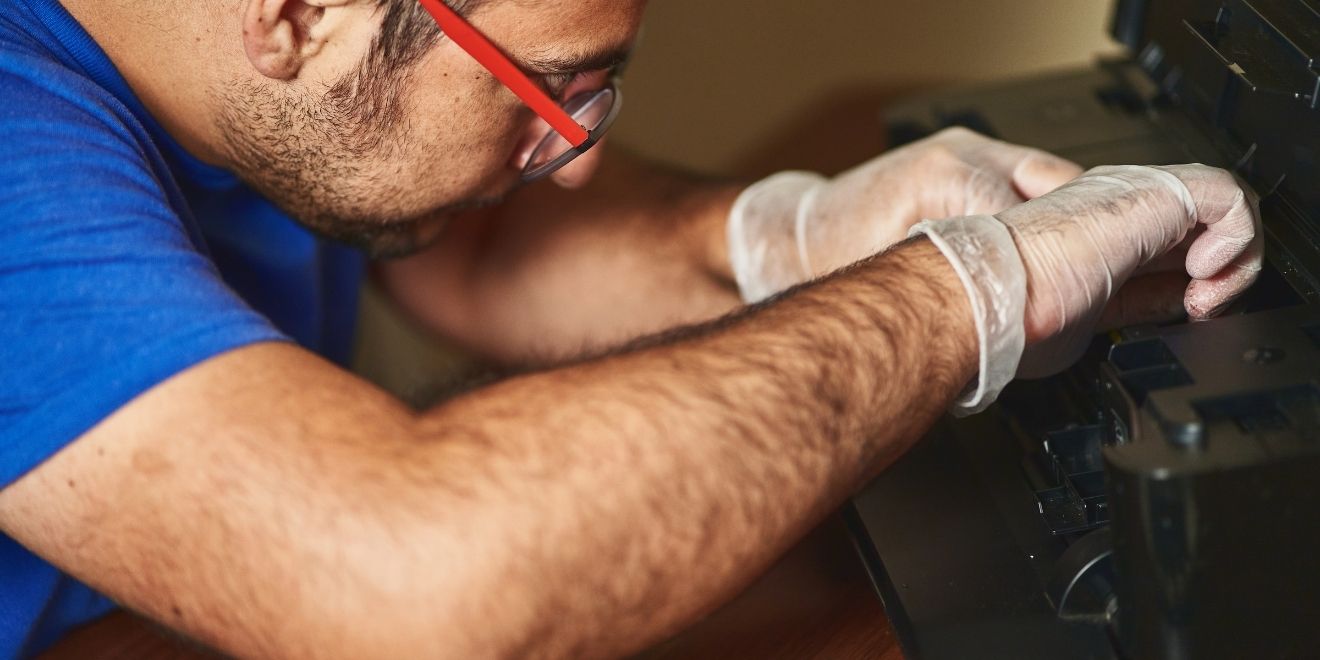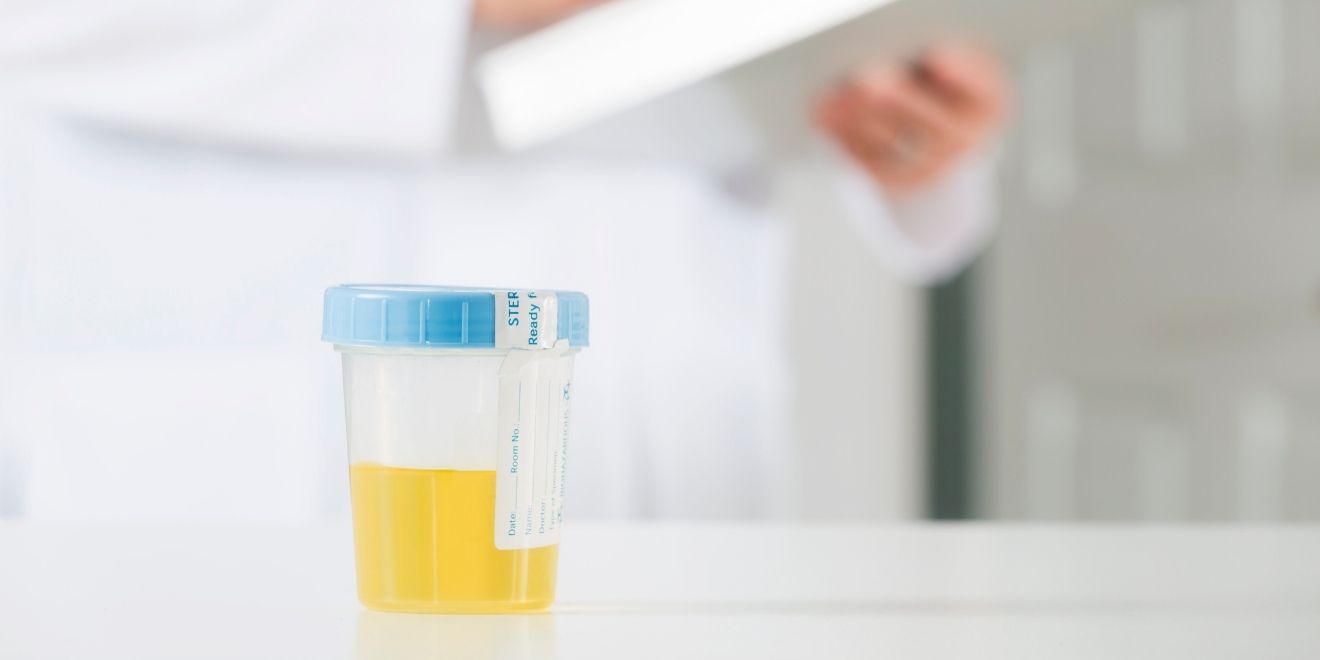11 Tips for Improving Efficiency in the Laboratory

Inefficiencies in your workplace result in delays, increased expenses, and compromised productivity. Running an inefficient lab can also cause oversights and mistakes detrimental to your experiments and results.
Read on for
Creating a weekly schedule or a daily to-do list gives you and your staff a visual overview of everything that needs to be done. This reduces the chances of forgetting specific tasks and enables you and your team to manage time more effectively. Having a written plan of your day or week also frees your mind to focus on crucial aspects of your lab, such as upcoming experiments.

Apart from writing down your experiment results, you should have detailed notes of each step of your protocols, including any mistakes and challenges you may have encountered, the time spent, samples, and records. This enables easier access to information when needed, reducing inefficiency.
Keeping a detailed record of experiments, protocols, and samples is also crucial when a key employee quits and someone else has to step in.
The new lab member can easily follow the detailed description, allowing them to proceed with the experiments without any hiccups.
Consider investing in a laboratory information management system to standardize your labs’ protocols and track samples to enhance efficiency. To learn more about LIMS, click here.
Organizing your lab is crucial in enhancing lab efficiency, safety , and productivity. When the lab is well organized, your staff will not waste time looking for equipment, supplies, and data or moving around clutter. To organize your workspace, start by defining the function of each area in your laboratory to enable you to plan accordingly.

For instance, you should always position the frequently used equipment tools and supplies in an easily accessible and orderly location to save time and minimize clutter.
You should also avoid placing equipment on access points or pathways to prevent endangering your staff or making it challenging to operate or access specific lab equipment. Creating separate sites for the public and your patrons can also prevent overcrowding, bumping into each other, and collisions.
Advancements in technology have resulted in the development of new equipment models, which your staff may not be able to operate. Combined with varying processes and equipment between labs, this could confuse employees.
Your employees could avoid using specific equipment altogether, spend more time completing simple tasks or do the wrong thing, which lowers their morale, and compromises efficiency and quality.
You should consider investing in onboarding training to help new employees familiarize themselves with your lab's equipment and processes to reduce confusion. Holding routine training for existing employees can also help them update their knowledge, learn how to use and operate new equipment and tools and adopt new methods and skills to boost productivity and efficiency.

Using the right and quality equipment is imperative to reducing time wastage, ensuring high-quality results, and enhancing your lab’s efficiency.
Operating low-quality, worn-out, or outdated equipment does not only increase the time required to complete specific tasks. Worn-out and dated tools are also more vulnerable to breaking down, which could halt processes, so you should consider investing in quality equipment.
When hunting for new lab equipment, avoid making cost the pivot point of your purchasing choice. Instead, identify different equipment brands, then read reviews and testimonials from other technicians who purchased the equipment before. This can help you gauge the quality and efficiency of specific tools before buying.
You could also network with similar entities within your locality to determine which equipment they use to make informed buying choices. Be sure to ask for demonstrations to ascertain that your employees are comfortable using the tools before buying.
Purchasing the right laboratory equipment is not enough. You need to stay up to date with maintenance to prevent unscheduled downtimes, improve efficiency, and extend its lifespan. This prevents you from wasting stock due to failed experiments, helps you save time, and reduces the chances of a machine breakdown, leading to cost savings.

To keep your equipment in excellent shape, clean tools at the end of each experiment before storing them. You should also calibrate them regularly to identify issues such as maintenance problems or data corruption to fix them before they escalate into irreversible issues.
Calibrating also improves your equipment’s accuracy, resulting in efficient and reliable results. Be sure also to schedule yearly service for all your tools to ensure maintenance consistency. Service the frequently used equipment more regularly to improve their performance.
Be sure to leverage automation technology to streamline processes and enhance efficiency in the laboratory. Automated tools help you handle data entry tasks, including documenting pre and post-analytical testing information and your experiment hypothesis, among other vital metrics.
This eliminates human errors and frees your employee's time, allowing them to focus on core aspects of your lab instead of handling tasks you could automate.
Labeling your samples can help reduce confusion and errors, boost accuracy, and increase efficiency. Have employees label their samples by indicating their names, the experiment, and the date. Alternatively, invest in laboratory information software to automate labeling to save time and energy. It also minimizes wasting costly reagents due to mislabeled or inconsistent labeling.

No matter how much you strive to establish a controlled lab environment, unanticipated mishaps could occur at any time. You could accidentally delete crucial data or lose a file.
Your key employee could also decide to quit without notice. For this reason, it is essential to develop a contingency plan to help you handle unexpected mishaps without compromising overall performance or experiencing avoidable unplanned downtimes.
Your contingency strategy could include investing in robust staff training programs or creating a backup for all crucial digital information.
Proper management entails having a resourceful team working with you. For this reason, you should create solid human resource management to ensure that you hire qualified, experienced, and efficient lab technicians and researchers.
Once you have the right persons in your team, you should ensure that they all understand their duties and responsibilities. Consider including a training program or offering extra learning materials to maximize your staff’s efficiency.
You should also encourage effective communication between your team to drive employee morale and motivation, resulting in more productivity and efficiency.

If your lab still relies on paper to manage inventory, you should consider going digital to enhance efficiency. Implementing digital technology in your laboratory can improve employee collaboration, boost productivity, and improve data acquisition. Going digital also allows you to store data in indexed formats.
You could improve data security when you invest in a cloud-based system because these tools often back up data regularly. It also enables your lab to become more environment-friendly due to reduced paper and waste. You can also save space by going digital as you eliminate the use of large cabinets to store paperwork and minimize clutter.
Boosting your laboratory helps you save time, energy, and money. It also boosts employee morale leading to more productivity. Implement the above strategies to enhance your lab's efficiency to achieve quality results and meet your goals.
Read on for
11 tips to improve your lab's efficiency without compromising accuracy, quality, and safety
1. Plan ahead
Creating a weekly schedule or a daily to-do list gives you and your staff a visual overview of everything that needs to be done. This reduces the chances of forgetting specific tasks and enables you and your team to manage time more effectively. Having a written plan of your day or week also frees your mind to focus on crucial aspects of your lab, such as upcoming experiments.

2. Document information
Apart from writing down your experiment results, you should have detailed notes of each step of your protocols, including any mistakes and challenges you may have encountered, the time spent, samples, and records. This enables easier access to information when needed, reducing inefficiency.
Keeping a detailed record of experiments, protocols, and samples is also crucial when a key employee quits and someone else has to step in.
The new lab member can easily follow the detailed description, allowing them to proceed with the experiments without any hiccups.
Consider investing in a laboratory information management system to standardize your labs’ protocols and track samples to enhance efficiency. To learn more about LIMS, click here.
3. Organize the lab
Organizing your lab is crucial in enhancing lab efficiency, safety , and productivity. When the lab is well organized, your staff will not waste time looking for equipment, supplies, and data or moving around clutter. To organize your workspace, start by defining the function of each area in your laboratory to enable you to plan accordingly.

For instance, you should always position the frequently used equipment tools and supplies in an easily accessible and orderly location to save time and minimize clutter.
You should also avoid placing equipment on access points or pathways to prevent endangering your staff or making it challenging to operate or access specific lab equipment. Creating separate sites for the public and your patrons can also prevent overcrowding, bumping into each other, and collisions.
4. Invest in staff training
Advancements in technology have resulted in the development of new equipment models, which your staff may not be able to operate. Combined with varying processes and equipment between labs, this could confuse employees.
Your employees could avoid using specific equipment altogether, spend more time completing simple tasks or do the wrong thing, which lowers their morale, and compromises efficiency and quality.
You should consider investing in onboarding training to help new employees familiarize themselves with your lab's equipment and processes to reduce confusion. Holding routine training for existing employees can also help them update their knowledge, learn how to use and operate new equipment and tools and adopt new methods and skills to boost productivity and efficiency.

5. Pick the right equipment
Using the right and quality equipment is imperative to reducing time wastage, ensuring high-quality results, and enhancing your lab’s efficiency.
Operating low-quality, worn-out, or outdated equipment does not only increase the time required to complete specific tasks. Worn-out and dated tools are also more vulnerable to breaking down, which could halt processes, so you should consider investing in quality equipment.
When hunting for new lab equipment, avoid making cost the pivot point of your purchasing choice. Instead, identify different equipment brands, then read reviews and testimonials from other technicians who purchased the equipment before. This can help you gauge the quality and efficiency of specific tools before buying.
You could also network with similar entities within your locality to determine which equipment they use to make informed buying choices. Be sure to ask for demonstrations to ascertain that your employees are comfortable using the tools before buying.
6. Ensure proper equipment maintenance
Purchasing the right laboratory equipment is not enough. You need to stay up to date with maintenance to prevent unscheduled downtimes, improve efficiency, and extend its lifespan. This prevents you from wasting stock due to failed experiments, helps you save time, and reduces the chances of a machine breakdown, leading to cost savings.

To keep your equipment in excellent shape, clean tools at the end of each experiment before storing them. You should also calibrate them regularly to identify issues such as maintenance problems or data corruption to fix them before they escalate into irreversible issues.
Calibrating also improves your equipment’s accuracy, resulting in efficient and reliable results. Be sure also to schedule yearly service for all your tools to ensure maintenance consistency. Service the frequently used equipment more regularly to improve their performance.
7. Automate processes
Be sure to leverage automation technology to streamline processes and enhance efficiency in the laboratory. Automated tools help you handle data entry tasks, including documenting pre and post-analytical testing information and your experiment hypothesis, among other vital metrics.
This eliminates human errors and frees your employee's time, allowing them to focus on core aspects of your lab instead of handling tasks you could automate.
8. Label samples
Labeling your samples can help reduce confusion and errors, boost accuracy, and increase efficiency. Have employees label their samples by indicating their names, the experiment, and the date. Alternatively, invest in laboratory information software to automate labeling to save time and energy. It also minimizes wasting costly reagents due to mislabeled or inconsistent labeling.

9. Create a contingency plan
No matter how much you strive to establish a controlled lab environment, unanticipated mishaps could occur at any time. You could accidentally delete crucial data or lose a file.
Your key employee could also decide to quit without notice. For this reason, it is essential to develop a contingency plan to help you handle unexpected mishaps without compromising overall performance or experiencing avoidable unplanned downtimes.
Your contingency strategy could include investing in robust staff training programs or creating a backup for all crucial digital information.
10. Ensure proper management
Proper management entails having a resourceful team working with you. For this reason, you should create solid human resource management to ensure that you hire qualified, experienced, and efficient lab technicians and researchers.
Once you have the right persons in your team, you should ensure that they all understand their duties and responsibilities. Consider including a training program or offering extra learning materials to maximize your staff’s efficiency.
You should also encourage effective communication between your team to drive employee morale and motivation, resulting in more productivity and efficiency.

11. Go digital
If your lab still relies on paper to manage inventory, you should consider going digital to enhance efficiency. Implementing digital technology in your laboratory can improve employee collaboration, boost productivity, and improve data acquisition. Going digital also allows you to store data in indexed formats.
You could improve data security when you invest in a cloud-based system because these tools often back up data regularly. It also enables your lab to become more environment-friendly due to reduced paper and waste. You can also save space by going digital as you eliminate the use of large cabinets to store paperwork and minimize clutter.
Endnote
Boosting your laboratory helps you save time, energy, and money. It also boosts employee morale leading to more productivity. Implement the above strategies to enhance your lab's efficiency to achieve quality results and meet your goals.




































































































